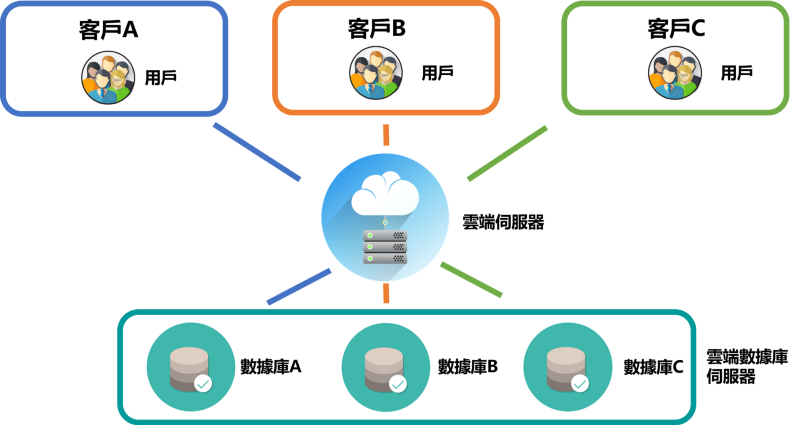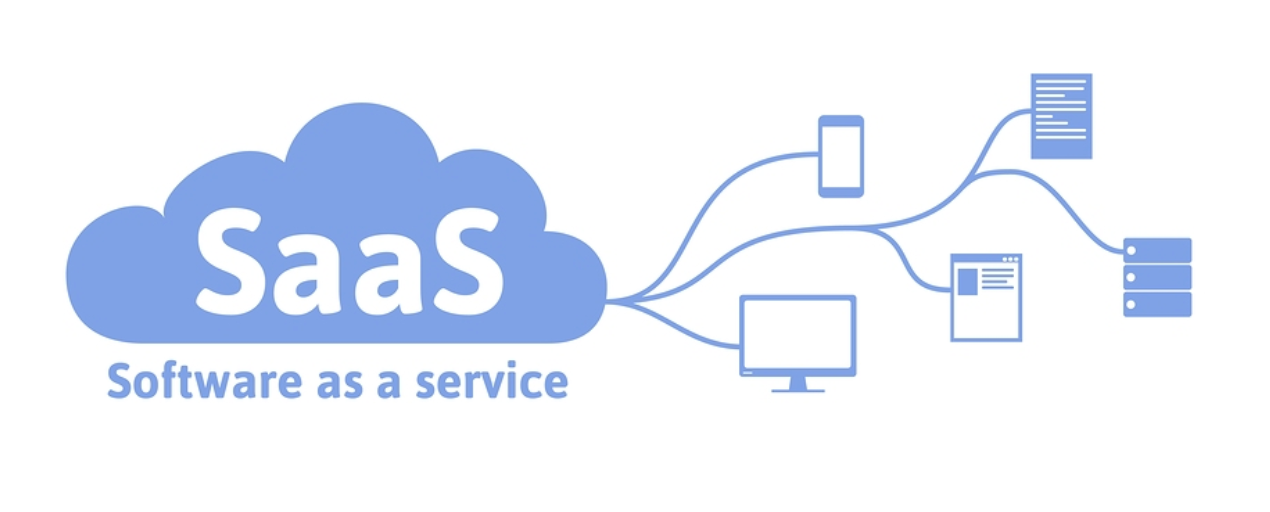Compared to traditional software that charges a one-off fee or a recurring subscription fee, open source software goes in a completely different direction. And various business giants are embracing this new path.
Average users may be confused by the concept of open source, normally you have to pay for softwares on the market, no matter whether it is a game, a word processor, or an operating system, in the form of the traditional one-off charge or the popular Software as a Service (SaaS) subscription pricing nowadays. The software does not give you direct access to the source code, and all source code is encrypted before it is released to the market so that no one can copy it easily. Some companies even resell source code patents from other companies as a way to make money.
However, open source software is the opposite of traditional software: it allows others to use the source code of the software to create their own software for other purposes in a specific software agreement. Under the BSD License (as defined in the BSD License), some rights are reserved for others to learn, modify, and transfer to anyone regardless of your purpose. The software is distributed, often openly and collaboratively developed and improved in the interactive communities across the web. The representatives of these are Mozilla Firefox and Android.
Many large business organizations prohibit their employees from using open source software because the security level may not meet the requirements of the organizations, and a large number of security tests have to be conducted beforehand. However, the federal government of Germany, governments of Brazilian and various universities are actively encouraging their employees to use open source software. In addition to the lower cost of software, they also want to reduce reliance on software from foreign companies.
Open-source software is more and more recognized by large business organizations and is even considered as a golden egg. In July 2019, IBM paid US$190 per share, or US$34 billion, to acquire a well-known open-source operating system developer, IBM Corporation Red Hat to co-develop a next-generation hybrid cloud platform. In 2018, Microsoft spent $7.5 billion to acquire colocation GitHub, a service platform for a wide range of open source software sources, shaken off its perennial image of being relatively closed, and has emphasized the importance of the GitHub will “reinforce a free, open, and innovative approach to developers,” in the spirit of developers first, with Microsoft’s Each maintains its own independent mode of operation. Businesses now see open source as a tremendous resource that would revitalize the businesses itself.
“Joining forces with IBM gives Red Hat the opportunity to bring more open source innovation to an even broader range of organizations and will enable us to scale to meet the need for hybrid cloud solutions that deliver true choice and agility.” JIM WHITEHURST, PRESIDENT AND CEO, RED HAT
The concept of open source is no longer limited to the realm of software, RISC-V is an example of “open source hardware”. Likewise, commercial chip vendors such as ARM and MIPS spend a lot of money on CPU design due to their expertise in different areas. Given the huge resources invested, these suppliers have to charge high licensing fees for the use of their patents and copyrights in order to survive. They also sign confidentiality agreements to protect their suppliers’ rights before using their advantageous design files and command sets. However, these traditional protection techniques stifle the development of the public, low-cost, free and open source software compilers and operating systems. RISC-V was born from the premise of pioneering “open source hardware”.
RISC-V is a simple, completely open source architecture that allows anyone to design, manufacture, and market RISC-V chips and software for the benefit of the public. The RISC-V Foundation is supported by many technology giants without paying royalties to companies. Google, Qualcomm, Microsoft, Huawei, Alibaba, Fidelity and others have joined the RISC-V Foundation. With strong funding from the Indian Government, RISC-V has become the national instruction set of India. Microsoft has also taken the lead as the OpenPOWER Foundation to promote its RISC-V program. This year, the company announced that it has merged into the Linux Foundation and is developing its open source Power chip. In addition, the company has developed the Instruction Set Architecture (ISA) to enable PowerChip without the need to pay royalty.
Currently, large commercial chip suppliers such as ARM and Intel dominate the processor market for many tablet computers and smart phones. With IoT on the horizon, the demand for chips is increasing. The emergence of “open-source hardware” such as RISC-V and power chips is poised to bring competition to the chip industry, making the overall chip market more competitive. The economic benefits of lower development costs are enormous, and lower development costs help to drive the development of new technologies such as artificial intelligence, supercomputers, data warehousing and data warehousing, analytics and IoT technology development.
The “open source hardware” also addresses some current geopolitical issues. As the technology war between two major political parties, the U.S. and China, is intensifying, many global software and hardware companies suffer under the conflict of power. The ZTE and Huawei incidents in 2018 forced China to look for a new way out for its hardware.
In the words of the RISC-V Foundation’s China advisory board chairman, Fang Zhixi:
“A typical example is Loongson. A chip is still a commodity, no matter how high the performance is, if no one uses it, it has no value, so there must be a corresponding ecosystem to give full play to its value. There are many Chinese companies making x86, Arm, and IBM Power chips, and the second way is to follow others. In some specific areas, there are things that can be done with these instruction set architectures, but they are subject to the ISA’s intellectual property (IP) rights. The lack of intellectual property restrictions on “open source hardware” such as RISC-V makes it difficult to succeed.”
The lack of intellectual property restrictions on “open source hardware” such as RISC-V makes it difficult for China, India, and other countries that do not have the ability to control RISC-V to succeed. Countries that manufacture their own chips are able to develop their own chips on a common basis, reducing their dependence on foreign technology. This allows the development of technology in different places to be less adversely affected by geopolitical changes and conflicts.
The introduction of the concept of “open source” can also improve the corporate culture which is technologically closed, and enable users to make use of their open source technology to develop their own chips. Compare the functional part with other products, this enables different technology products to be publicly verified, increasing their transparency and market competitiveness.
The open source concept can bring us a more free, open and innovative technology development base, improving the technology R&D environment, and at the same time adding new impetus to the existing technology industry. It is foreseeable in the future that enterprises around the world will be able to break through the past business limitations, and the development of technology as a whole may benefit from this.
Website: https://ones.software/
Email: hello@ones.software
Tel: (+852) 5538 3410
]]>





